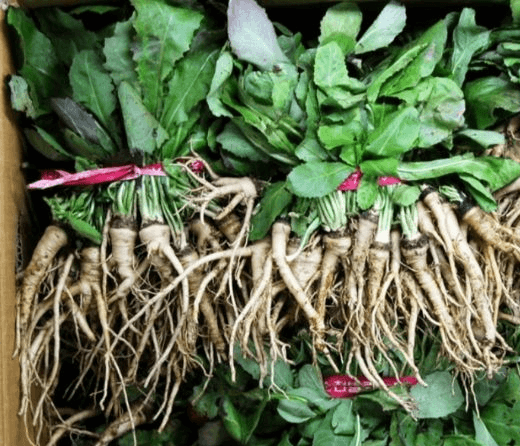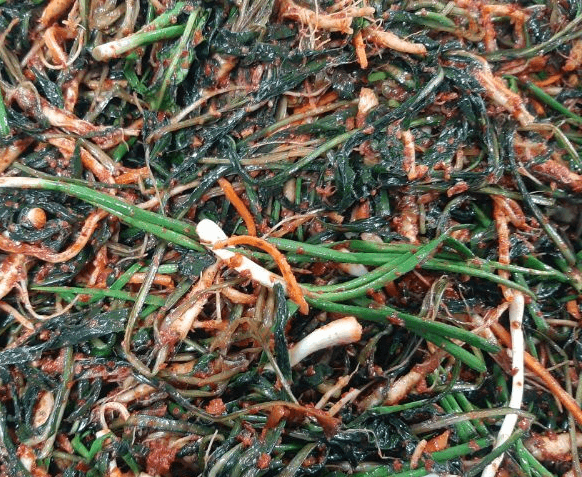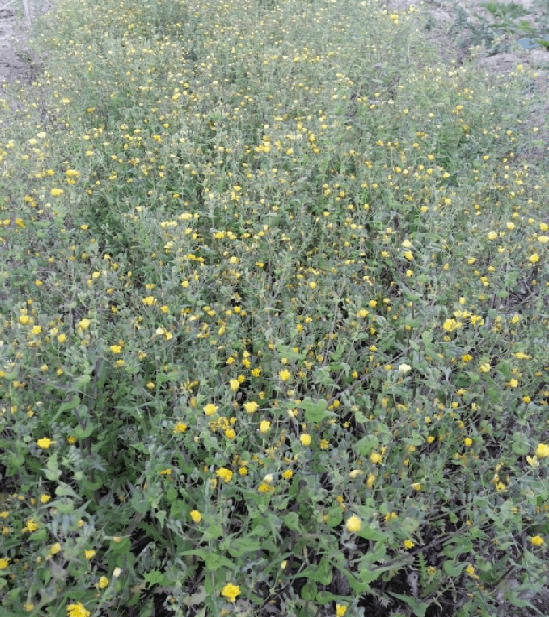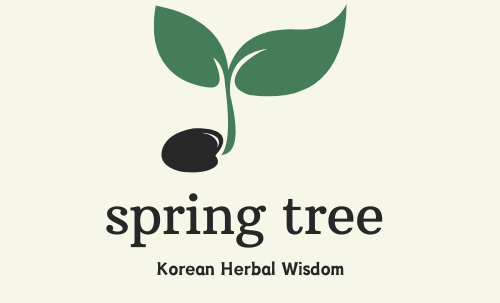“Discover the health benefits of Godulbaegi (고들빼기), a nutritious wild vegetable perfect for summer. Boost your immunity, improve digestion, and learn how to prepare, store, and enjoy this versatile ingredient in various delicious dishes.”

Health Benefits and Effects of Different Wild Vegetables
Godulbaegi (Youngia sonchifolia), also known as Ssinnaemul, is a wild vegetable with a unique bitter flavor. It’s often compared to ssambagwi, but it has its own distinct qualities. Godulbaegi is packed with vitamin C and calcium, making it a great choice for boosting your immune system and keeping your bones strong. Its bitterness is especially effective for aiding digestion and stimulating appetite, helping to refresh your body during the hot summer months.
Many people confuse godulbaegi(고들빼기) with ssambagwi(씀바귀), but once you know the differences, it’s easy to tell them apart. Godulbaegi’s leaves are about five times wider and rounder than the thin, pointed leaves of ssambagwi. As for the roots, godulbaegi has a long, thin, singular root, whereas ssambagwi has thicker roots that split into one or two parts with small side roots. Understanding these differences makes it easier to distinguish between the two.

Cooking Methods and Recipes for Wild Vegetables
When it comes to godulbaegi, it’s a versatile wild vegetable. When young, the whole plant can be harvested and enjoyed in seasoned salads (namul). As it matures, the roots are typically used to make kimchi. Especially during the summer, the bitterness of godulbaegi can really help to stimulate your appetite and bring a refreshing element to your meals, even on the hottest days.
For a simple and delicious godulbaegi namul, lightly blanch the roots and leaves, then season them with soybean paste (doenjang), red pepper paste (gochujang), and a bit of sesame oil. This helps to mellow out the bitterness while enhancing its unique flavor. If the bitterness is a bit much, you can soak it in cold water to take the edge off.
Godulbaegi also makes a fantastic kimchi. Fermenting godulbaegi deepens its flavor and transforms the bitterness into a rich, tangy taste. Plus, it’s packed with health benefits—fermented godulbaegi kimchi is a great way to boost your gut health thanks to its abundance of lactic acid bacteria. When you’ve lost your appetite in the summer heat, godulbaegi kimchi is the perfect side dish to pair with rice.
To make godulbaegi kimchi, clean the fresh leaves and roots, salt them, and mix them with your preferred kimchi seasoning. The fermentation process increases probiotics that improve digestion and support immune health. Godulbaegi is also rich in vitamin K, which is excellent for blood circulation and bone health.

Harvesting Period and Methods for Wild Vegetables
Godulbaegi has a long harvesting period from March to October, and during this time, you can find it almost anywhere in Korea—from mountains and fields to dikes and farm edges. It’s typically harvested whole when young, as the tender leaves and roots are rich in nutrients and perfect for a variety of dishes.
As godulbaegi grows, its leaves become broader, and its roots grow longer and thinner. At this stage, it’s best to harvest just the roots, which are ideal for making kimchi. Godulbaegi’s roots are thinner, longer, and slightly firmer compared to ssambagwi’s, making them perfect for fermentation.
If you want to enjoy godulbaegi for a longer period, it’s best to harvest the whole plant while it’s still young. Later, as it matures, just harvesting the roots allows you to savor it throughout the growing season. Since it grows naturally without the use of artificial fertilizers or pesticides, you can enjoy its pure nutrients straight from nature.
Storage and Processing Methods for Wild Vegetables
While fresh godulbaegi is best eaten soon after harvesting, you can also blanch and refrigerate or ferment it into kimchi for long-term storage. Blanched godulbaegi can be frozen, retaining its vitamin A and fiber, and can be used later in salads or soups whenever you need a healthy addition to your meal.
Once fermented, godulbaegi kimchi is not only delicious but also rich in probiotics, which aid digestion and strengthen the immune system. It’s especially beneficial for gut health, and because kimchi can be stored for a long time, you can enjoy godulbaegi’s nutritional benefits even in the off-season.
Another great way to enjoy godulbaegi is by drying it and making herbal tea. Godulbaegi tea helps to tone down the bitterness and offers digestive benefits and a detoxifying effect, supporting your body in eliminating toxins.
With its distinctive bitter flavor, godulbaegi is a wonderful wild vegetable for stimulating your appetite and can be enjoyed in various healthy dishes. Whether you prepare it as a seasoned salad, fermented kimchi, or brew it into a soothing tea, godulbaegi offers a unique and nutritious way to make your spring and summer meals even more refreshing and vibrant!
